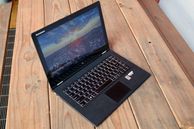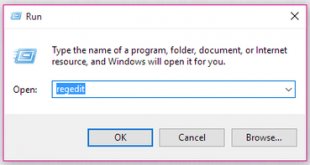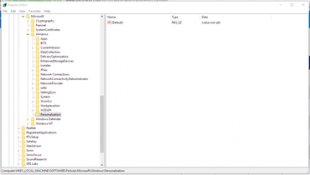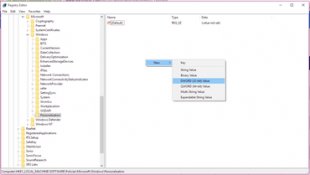
How Much are Windows Screen
 Sarah Jacobsson Purewal/CNET
Sarah Jacobsson Purewal/CNET
1. Right-click the Start button and select Run from the pop-up menu. In the Run dialog box, type regedit and click OK. You may encounter a User Account Control (UAC) pop-up window asking you if you want to allow this program to make changes to your computer. Click Yes to proceed.
 2. The Registry Editor will open. In this window, navigate to HKEY_LOCAL_MACHINE\SOFTWARE\Policies\Microsoft\Windows.
2. The Registry Editor will open. In this window, navigate to HKEY_LOCAL_MACHINE\SOFTWARE\Policies\Microsoft\Windows.
3. In the Windows folder, right-click in the right pane of the Registry Editor, select New and then select Key. This will appear as a folder in the Windows folder, titled New Key #1. Rename it Personalization and select the folder by clicking it.
Rename it Personalization and select the folder by clicking it.
4. In the Personalization folder, right-click in the right pane of the Registry Editor, select New and then select DWORD (32-bit) Value. You will see a new item pop-up in the right pane of the Registry Editor, titled New Value #1. Rename this to NoLockScreen.
Rename this to NoLockScreen.
5. Double-click NoLockScreen to open its value data. Under Value data: change the value from 0 to 1 and click OK. Exit out of the Registry Editor and reboot your PC - you will no longer see the lock screen (though you will still see the log-in screen, where you'll need to enter your password to log in to your PC - unless you disable the log-in screen using this tutorial).
Editor's note: This article was originally published on October 28, 2015, and was updated on September 6, 2016 to reflect changes made in the Windows 10 Anniversary Update.









